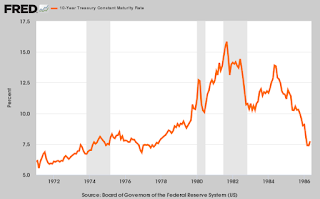Low- to upper-middle-income countries’ external obligations $6.4 trillion
The current debt crisis closely resembles the archetypal wave of developing-country sovereign defaults that began in Mexico in 1982, when, like today, abundant, cheap debt financing came to a sudden stop, and sharp hikes in global interest rates caused the cost of servicing accumulated debt stocks to spike. The International Monetary Fund currently classifies 39 low-income countries – all but four in Africa – as being in actual or potential “debt distress.” And this tally does not even include some of the most dramatic cases, such as Sri Lanka and Pakistan, whose per capita incomes rank them just above the poorest category. Harnoys-Vannier and Cohen identify two new features of this otherwise unchanging landscape. The first concerns the scale and growth rate of sovereign debt. Excluding China, low- to upper-middle-income countries’ external obligations increased by 65% – reaching a combined $6.4 trillion – in the ten-year period ending in 2021. The current approach to develo...




